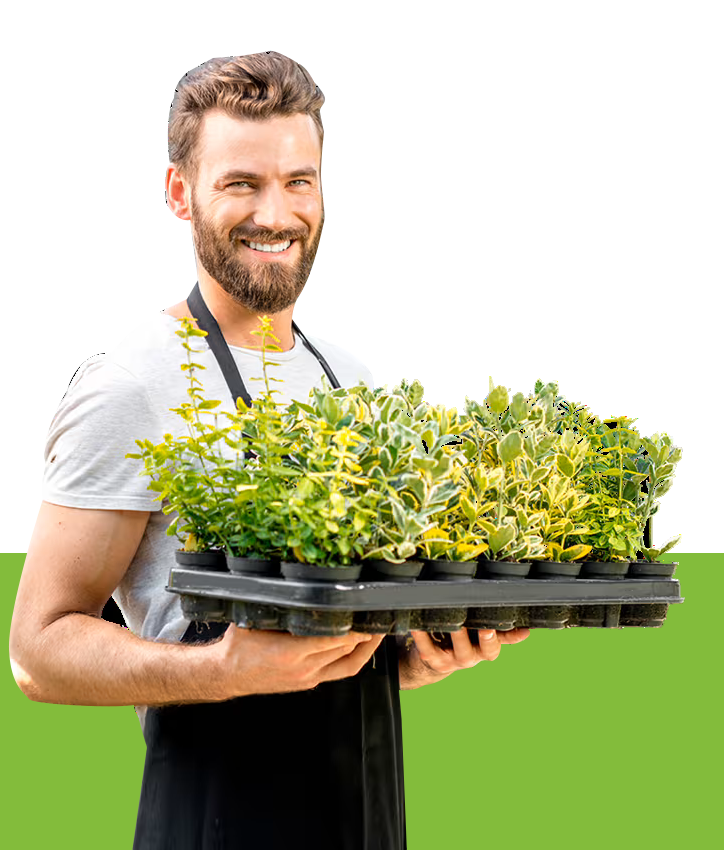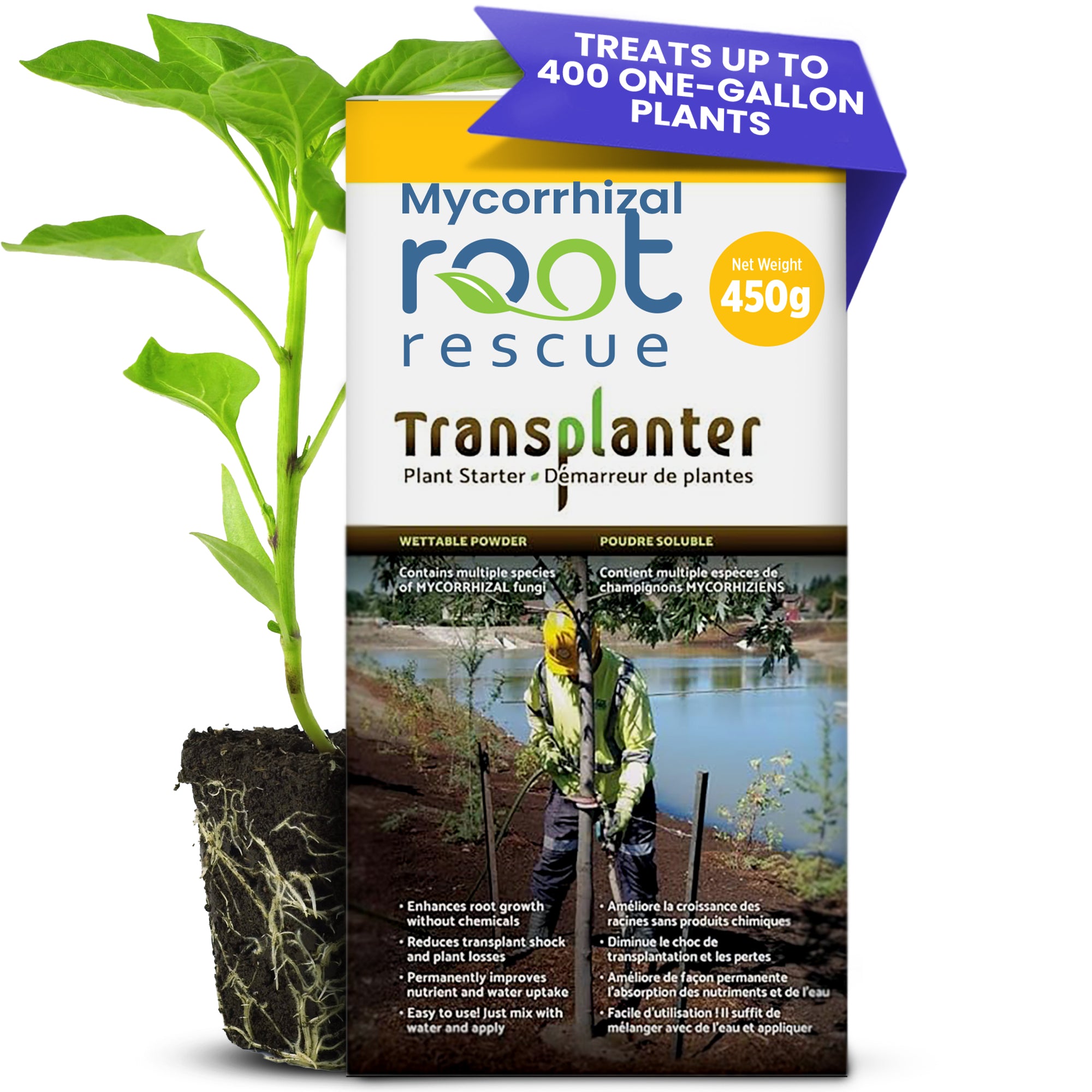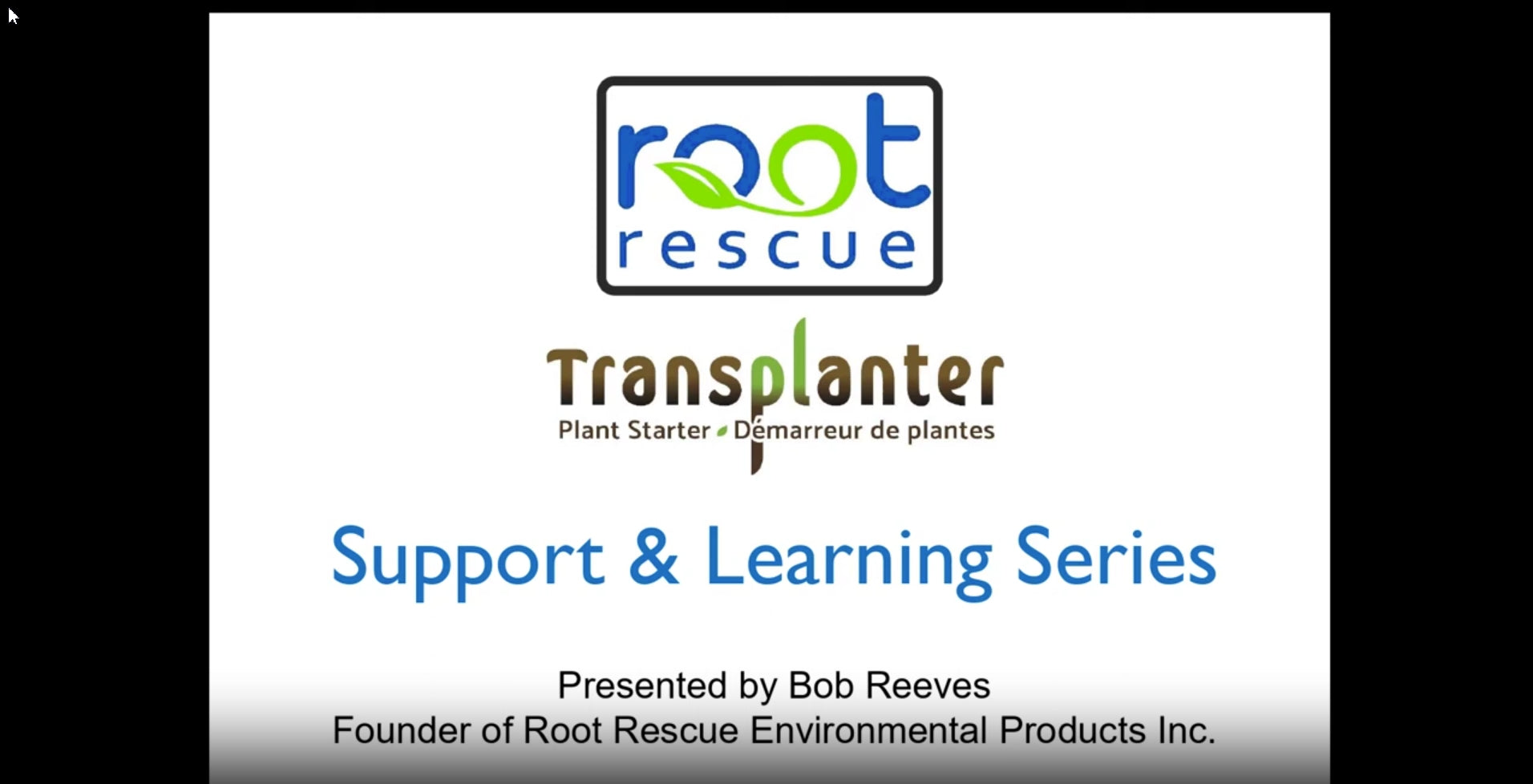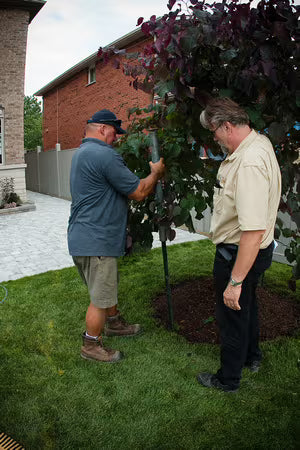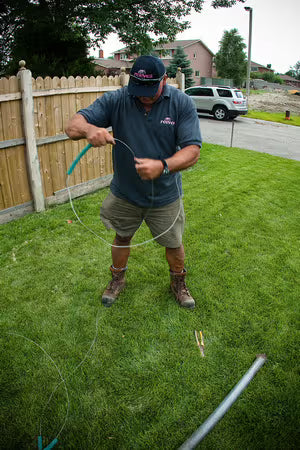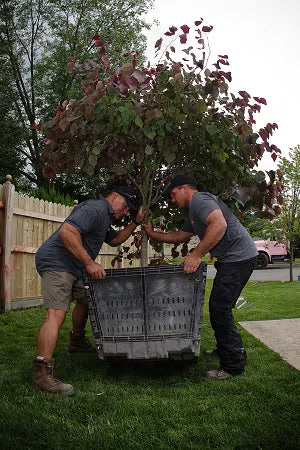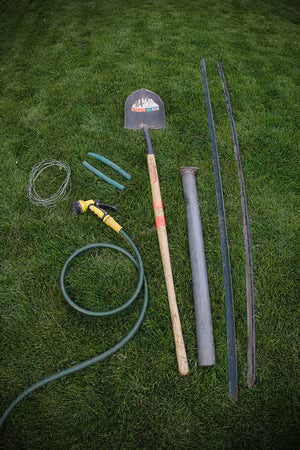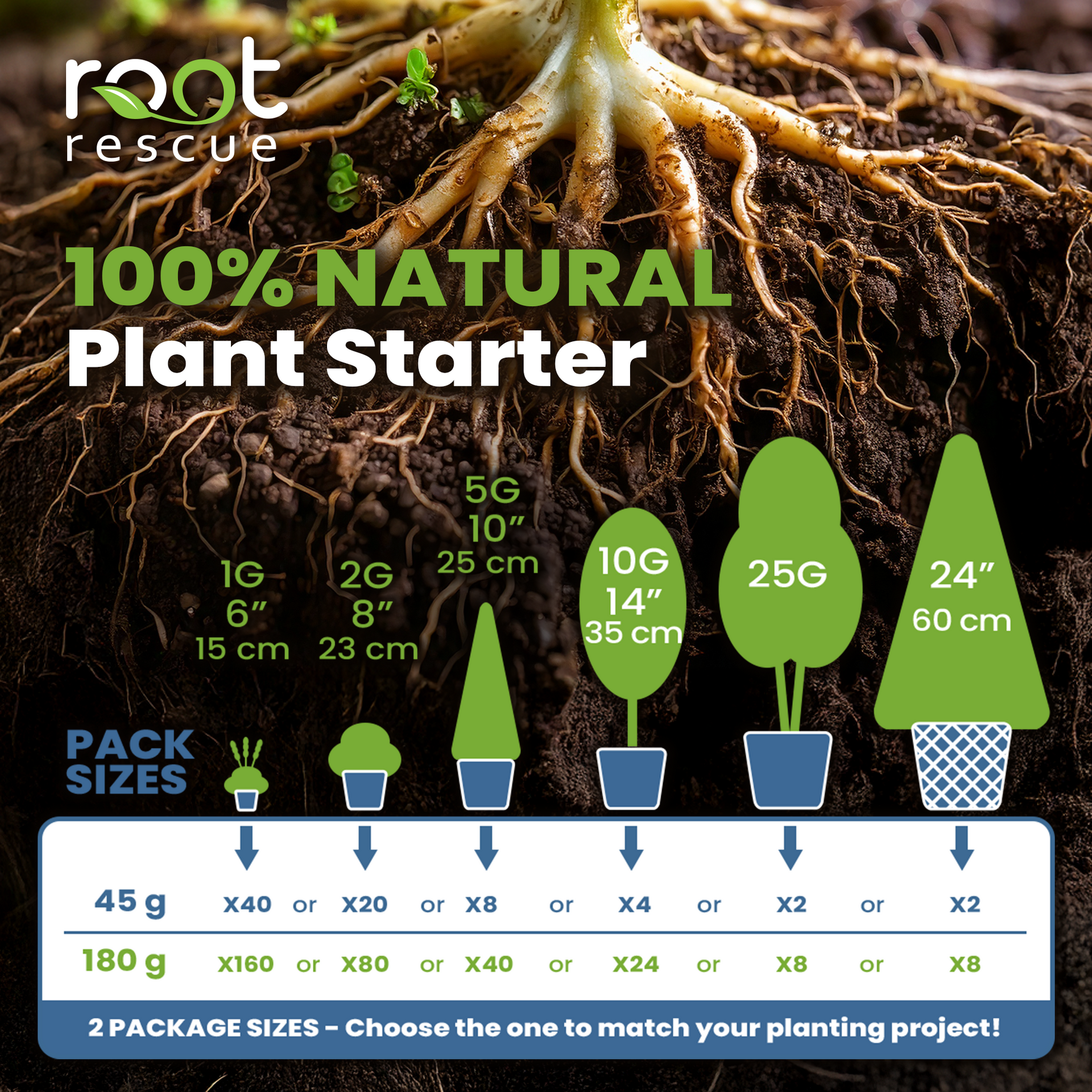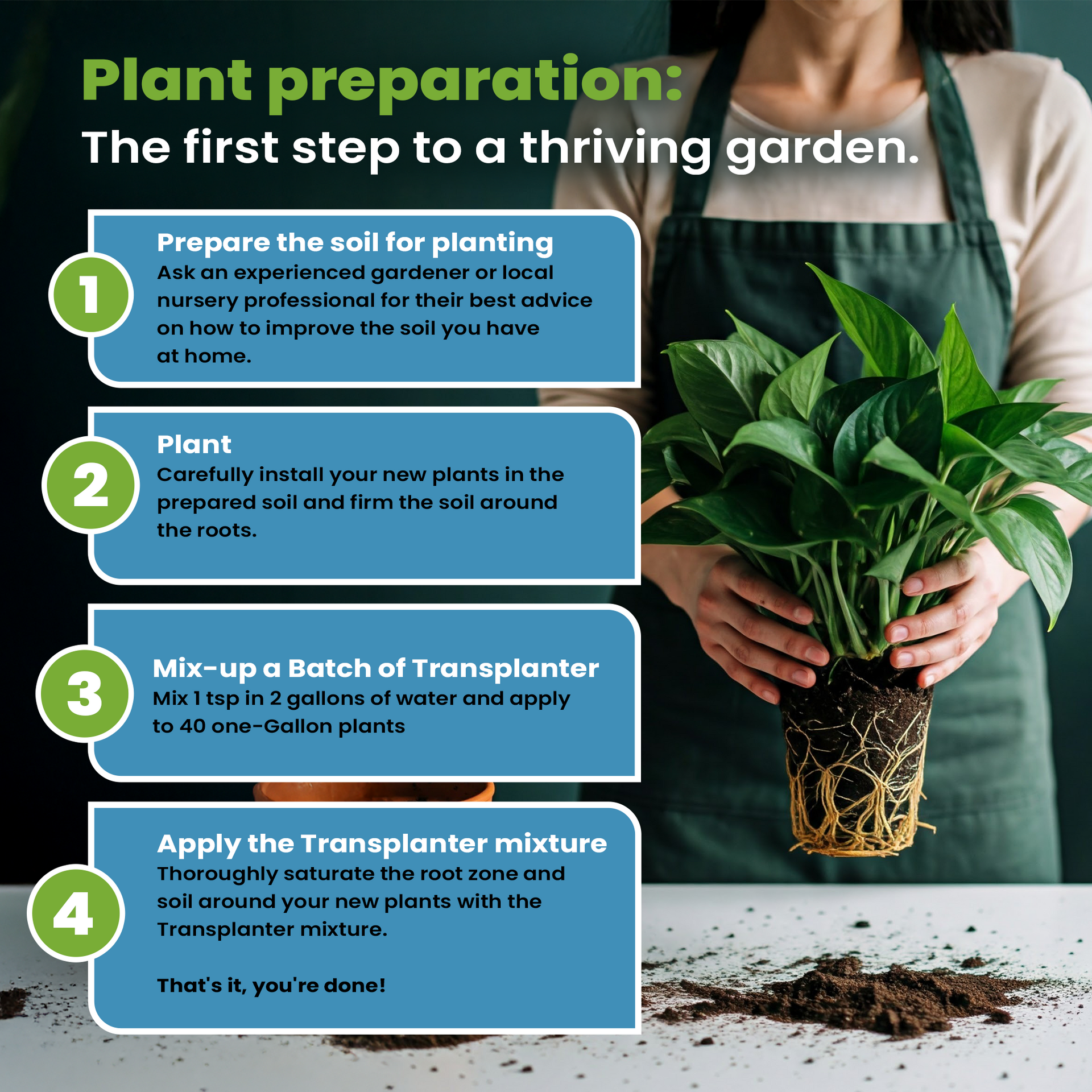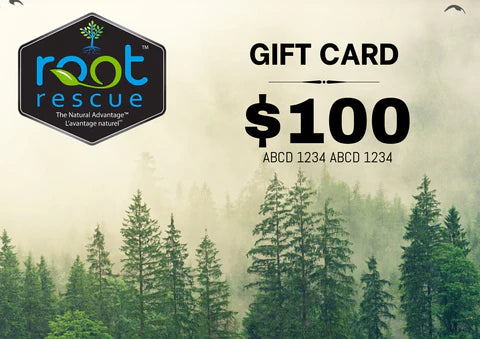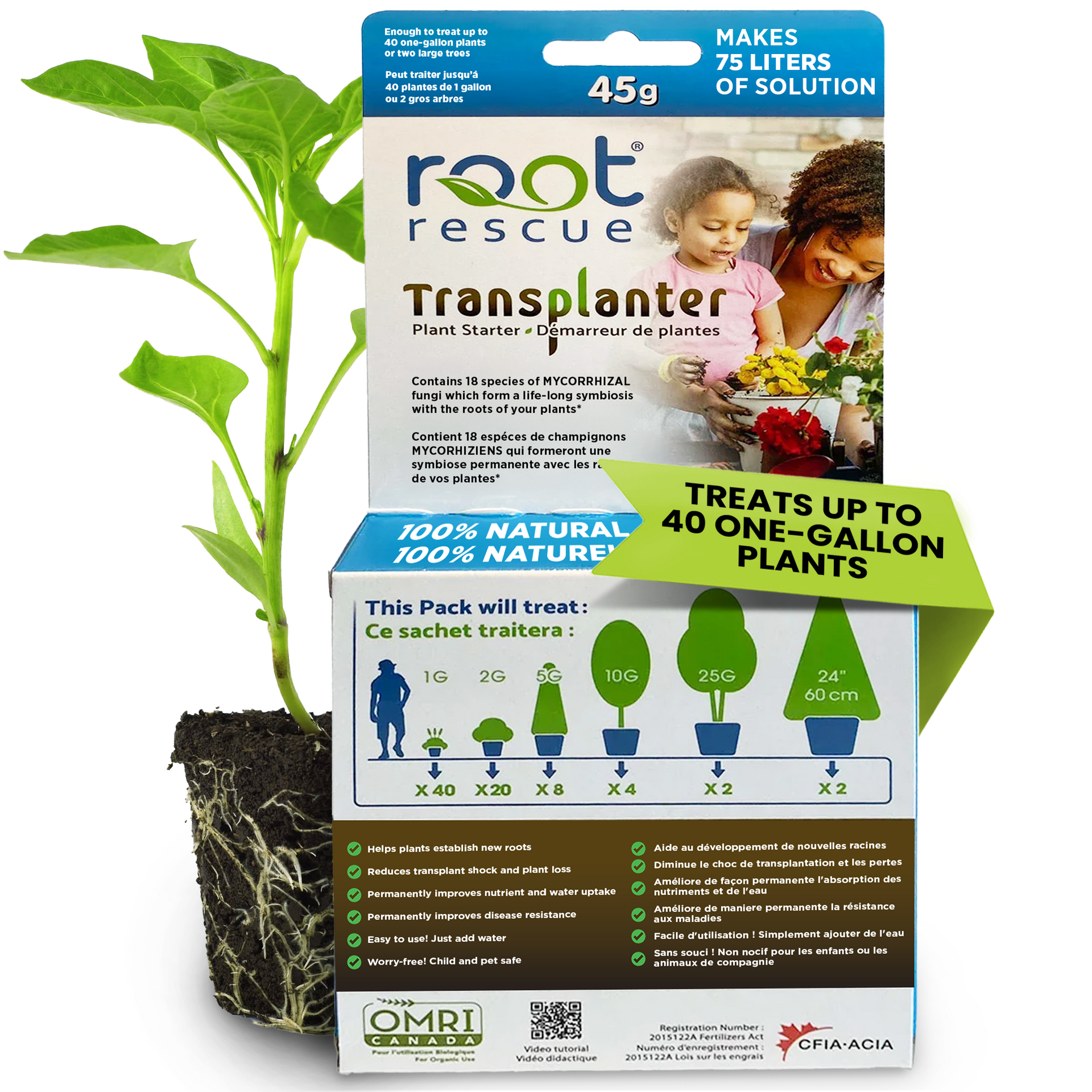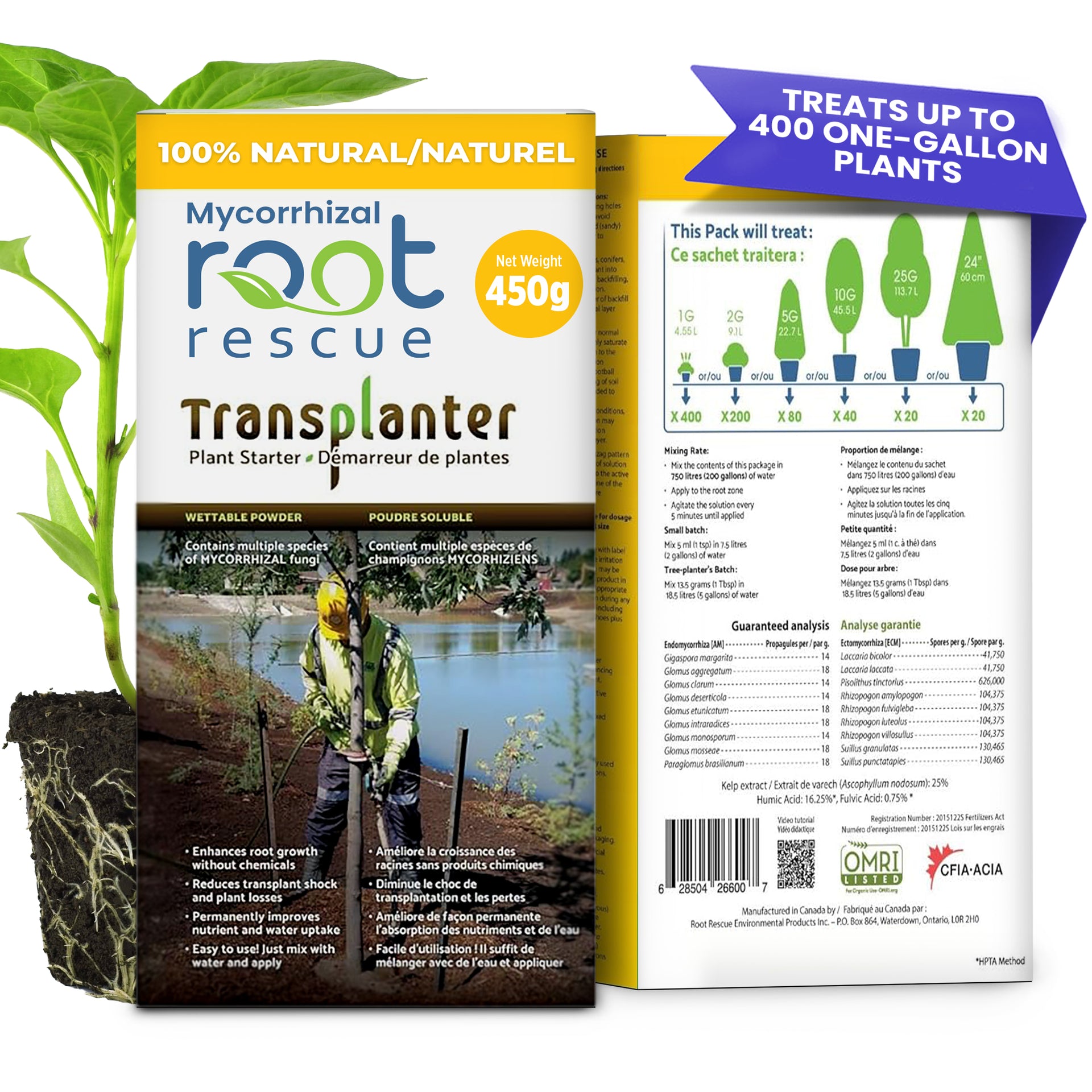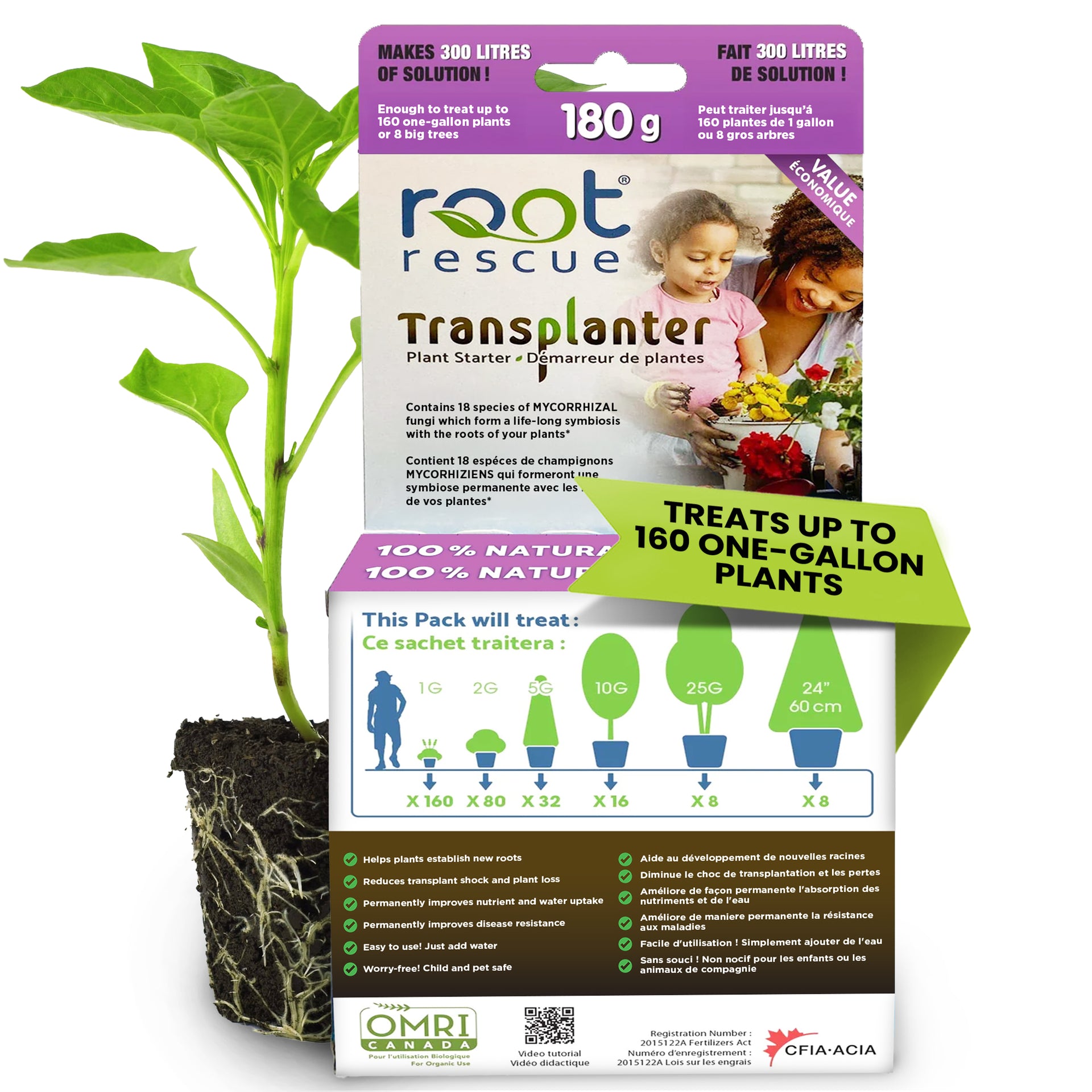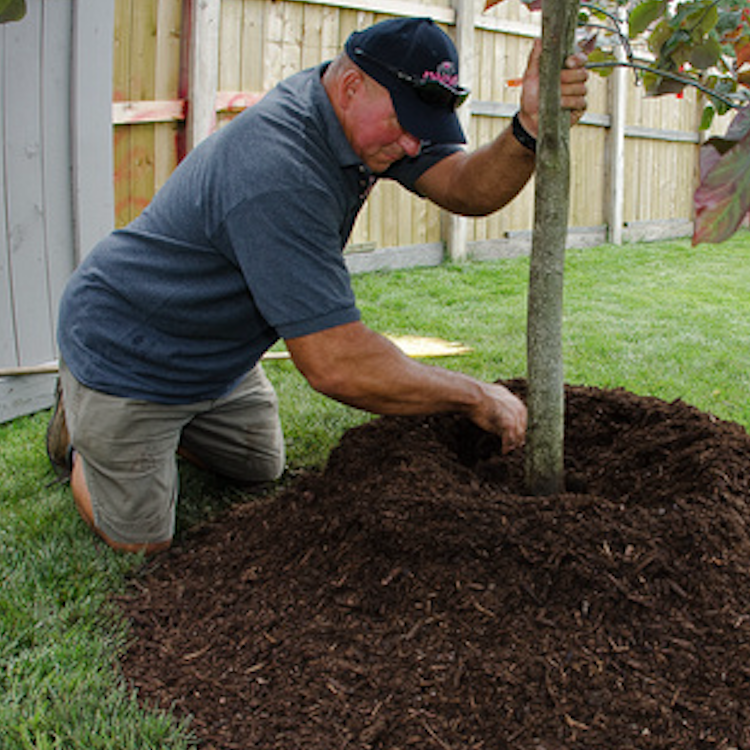
Roots Rescue: The Organic Plant Starter
Contractor Sizes
Root Rescue’s Transplanter puts life back into soil – but not all soil types are the same. Poorly draining heavy clay soils and free-draining sandy or loamy soils require different planting techniques. Be sure to ask a nursery professional at your garden centre about the best way to plant in the soil type in your yard. Once you have that advice, you’re ready to go. Transplanter works in all soil types.
Safe and easy to use, Transplanter is recommended whenever you plant new trees, shrubs, evergreens, or perennials. Mixing is simple; add 1 teaspoon of powder to a 2 gallon watering can – fill it up with water. Or for bigger jobs; add 1 tablespoon of powder to a 5 gallon Pail - and you’re ready to go. If you leave the solution standing for more than 5 minutes – simply give it a quick stir before applying.
For more information on Root Rescue Transplanter, including a list of Mycorrhizal Partnerships by Plant, our Dosage + Cost Calculator, and much more, check out our Free Technical Support Documents section.
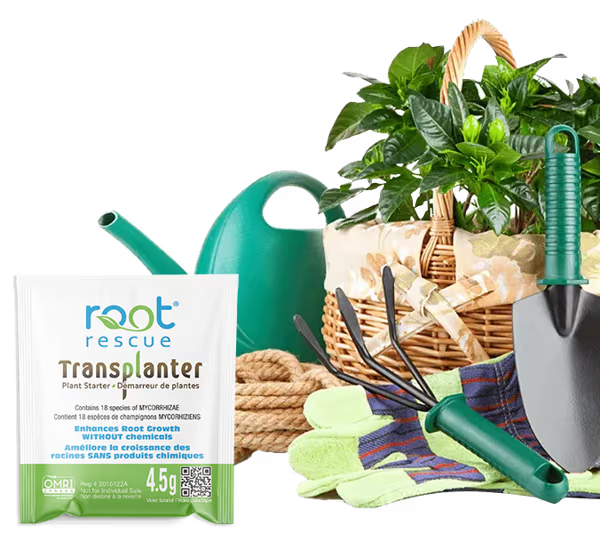
Highway of Heroes Tree Planting Tribute
Simply apply the Transplanter solution to the roots of plants once they are placed in the planting hole - and then tamp-in and thoroughly saturate each layer of back-fill as you complete the planting process. In brief, instead of using plain water when you plant, simply use the Root Rescue Transplanter solution.
Because Transplanter is mixed in water, it can also be applied after planting. Mix the solution and slowly drench the ground around the plant, or use root feed injector equipment to deliver the solution directly into the active root zone. (When using this type of equipment, keep the maximum pump pressure below 200 psi.)
Root Rescue’s Transplanter contains millions of natural-sourced beneficial fungi called mycorrhizae. These amazing organisms enter into a mutually beneficial symbiosis with the roots. As a result, the plant gains permanent access to soil water and nutrients that the roots alone cannot find. This (along with the benefits of the biostimulants in the formulation) helps to offset transplant shock, and reduce plant stress. These benefits will help treated plants to succeed in the critical first weeks and months on the new planting site; reducing transplant losses and establishing, healthier and more durable landscape plants for your clients. And the benefits of mycorrhizal symbiosis will continue to help the treated plants to succeed and thrive in the years ahead.
After planting day, Root Rescue highly recommends that you use organic products to feed and care for the landscape plants you’ve treated. Transplanter is step 1 in a comprehensive organic landscape program for your clients. Step 2 should be to use only organic products going forward:
- Organic Fertilizers
- Compost or Compost Tea
- Natural Source Rock Mineral Supplements
- It is not recommended that Bone Meal be used with Transplanter
- As always, use mulch to control weeds and build organic matter in soils
If you’d like to use a synthetic fertilizer, you can – but only use Slow Release formulations with plants treated with Transplanter.
Thanks again for using Root Rescue.
Check out our frequently asked questions section on our website by clicking the link below.
